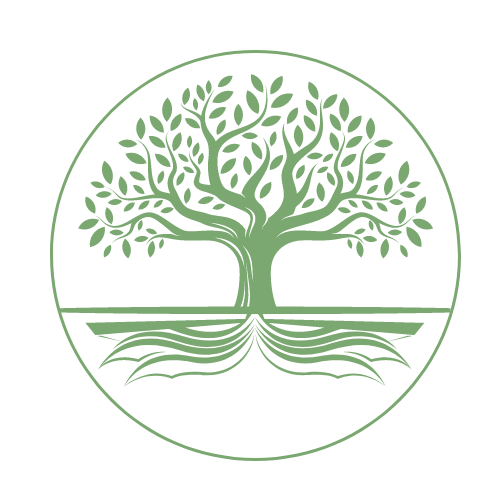With the emergence of spring flowers bringing some welcome colour to the countryside, there’s an opportunity to use a wider colour palette in our drawings of nature. Having reviewed the book, Nature’s Palette, I wanted to find out more about the colours it features and the species referred to as exemplifying them. I hope to give myself a wider appreciation of the colours that appear in nature and some practise in using them, so join me if you’d like to investigate the colours of nature too. This, the first in a series of posts, takes a look at the colour greenish white and the associated goldcrest, paperwhite and the mineral, calcite.

I recently reviewed the book ‘Nature’s Palette’, published by Thames and Hudson (2021), a book that updates and illustrates Patrick Syme’s 1821 version of Werner’s Nomenclature of colours. Nature’s Palette contains all 110 colours from the 1821 book along with an animal, vegetable and mineral reference for each colour. The idea, back in the 1800s, was to produce a system of standardising colours by giving common references. This way, when people used colours to identify species, they had a way of helping to ensure that colour names would be used accurately.
In modern times, we have several colour systems, such as the CYMK system used in printing, RGB for online use and the Pantone system for colour matching and calibration. The CYMK and Pantone numbers are given in Nature’s Palette, along with the nearest corresponding colour in the Winsor and Newton and Caran D’Ache art supply ranges.
For this post, I’ll be focusing on ‘Greenish White’, an off white colour that at first glance looks like buff titanium, but has a slightly more greenish hue.

Vegetable Reference: Paperwhite
Greenish white may sound a bit of a dull colour to choose but the more I draw and paint wildlife, the more crucial I realise colours like this are. It’s a delicate colour and I wasn’t surprised to find it featured on the very delicate paperwhite (Narcissus tazetta). Greenish white is described in Nature’s Palette as snow white, mixed with a very little emerald green and ash grey, which explains its sight greenish tinge and muted tone. The closest colour in the Caran D’Ache range is given as Naples Ochre. I would say this is close but looks warmer than the CYMK colour reference, as it seems to lack the green. Nevertheless, it looked well placed on my sketch of the paperwhites, on the outer petals.

Paperwhites are fragranced, as are other types of narcissus. This fragrance is caused by the biochemical indole, which the plant releases to help attract pollinators, but which many humans also find pleasing. Some people are very sensitive to indole and find it difficult to tolerate the scent of these flowers, along with others that release the compound, such as jasmine and gardenias. I’m one of the people who finds it hard to tolerate this smell, which is a shame as paperwhites are a very good choice for growing indoors, especially to force into bloom overwinter.
Animal Reference: Goldcrest

The goldcrest is the animal species referred to as demonstrating greenish white in Nature’s Palette. This is Britain’s smallest bird at just over 5 grams in weight. They can be found all year round on the Isle of Man, but numbers increase in spring and summer as they are joined by migratory birds. They prefer to live in coniferous plantations, leading to their Manx name, Ushag y Fuygh (bird of the timber). According to Nature’s Palette, the exact point to look at to find the colour greenish white on the goldcrest, is the on the vent coverts. This is at the rear of the bird, under the tail feathers and so unsurprisingly is not an easy view to obtain from most photos. Perhaps a trip to the Calf of Man Bird Observatory will be needed to get a true idea of this colour, as they see large numbers of these birds each year.
Mineral Reference: Calcite

The mineral reference for greenish white is calcite, a form of calcium carbonate, that is a major component of limestone and marble. It’s one of the most common minerals on Earth and widely used in a number of industries, including as a white pigment. Chalk is a form of limestone that contains calcite and was used in Medieval times to make a ground for paintings when mixed with animal glue. It has also been used as a white pigment, when mixed with binders, and as a filler pigment to make paint go further and reduce its cost. When used with titanium dioxide pigment, it acts to space the titanium dioxide molecules apart to increase the scattering of light and therefore the opacity of the paint. To find out more about this interesting mineral and its use in art materials see NaturalPigments.com. A fascinating fact is that if you use a microscope to look at a painting by an Old Master, you are likely to see extremely tiny fossils called coccolithophores due to the presence of chalk, as chalk is created from compounded ocean-floor sediment.

Chalk can be seen in the sky of Alfred Sisley’s ‘The Watering Place at Marley-le-Roi’. The snow was painted with lead white, but the heavier-looking sky was achieved through use of chalk, a form of limestone containing calcite. If you’d like to find out more about the use of calcite and other white pigments in paintings, then take a look at ‘The Art of Colour’ by Kelly Grovier (2023). This book has a chapter on each of the main colours and features a wide range of artwork. Another great resource is The Secret Lives of Colour by Kassia St Clair (2018), which also includes a section on how we see and perceive colour. I downloaded the image of Sisley’s painting from The National Gallery website, which is also worth a look if you’d like to browse artworks.


Leave a Reply